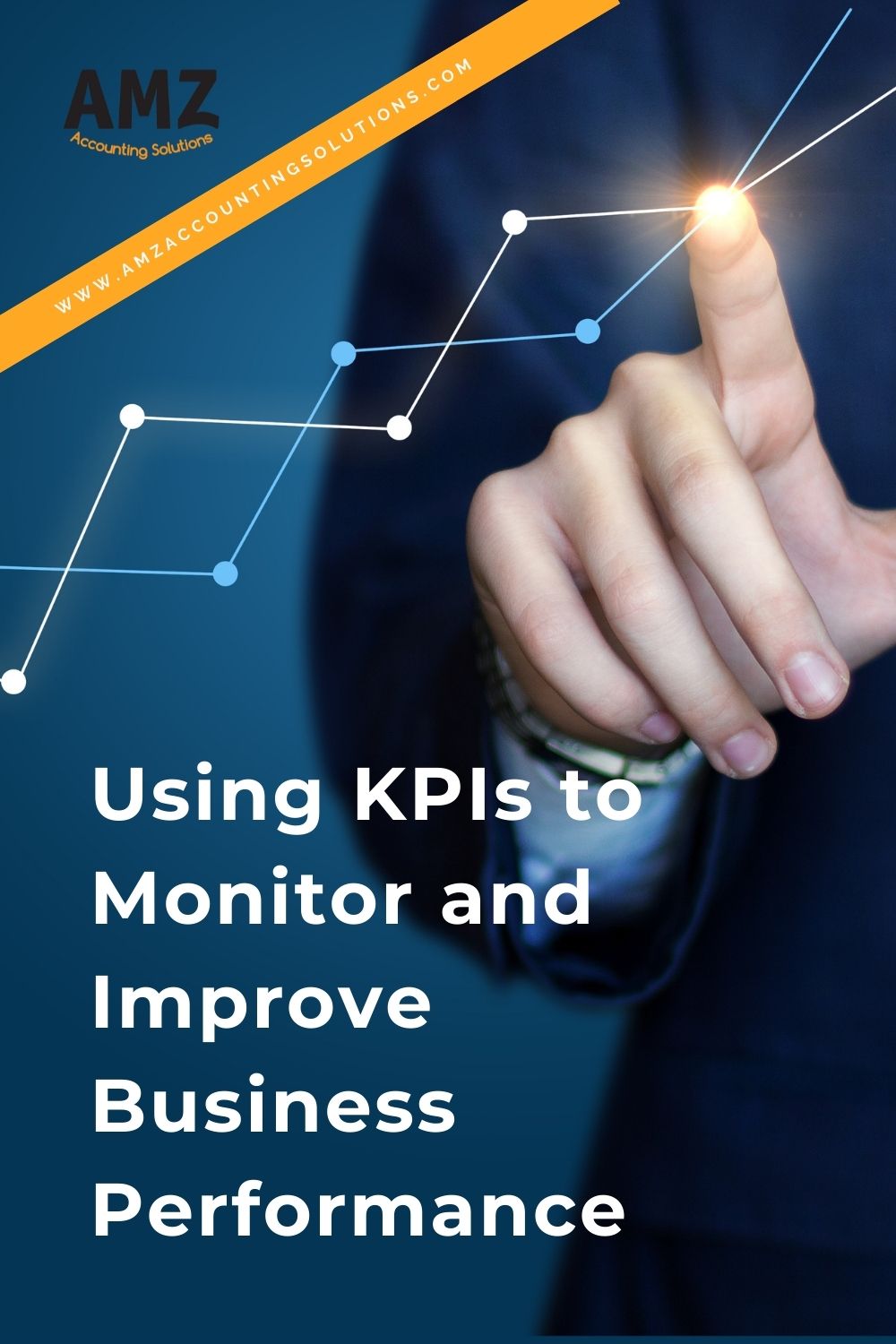The key performance indicators (KPIs) for one company will invariably be different from the KPIs of another firm. What both hypothetical companies share, however, is the challenge of selecting which KPIs are best suited for measuring the goals and progress of their particular business model.
Indeed, entrepreneurs have a vast array of reports and data sets from which to choose and select from, but that data needs to target those specific areas that are most critical to answering the questions that managers need to make cogent business decisions. As such, effective managers are able to distill down the essential information that is hidden deep within the mounds of data that emerge from an improperly targeted search.
What Are Key Performance Indicators?
Key performance indicators are the tools business organizations use to define their goals and establish quantitative measurements designed to determine whether any progress is being made towards those goals. They provide data that can be used to spotlight performance characteristics across a variety of matrixes such as financial performance, customer relations, marketing efforts, and even employee productivity.
Financial Performance
At the end of the day, the bottom line is why we are all in business, and understanding how well your financials are doing is the equivalent of knowing what is going on in the center of your car’s engine when it’s rolling down the road.
For instance, if you are losing sleep at night over whether or not your latest marketing plan was worth the check you signed at the bank on Monday, you will want to explore your Return-on-Investments (ROI) with a detailed ROI KPI. Conversely, a KPI can highlight underperforming net profit margins or lackluster revenue growth rates, and the information obtained can present valuable information to ensure the meeting of the company’s original financial goals.
Customer Relations
As noted, a profitable bottom line is the ultimate goal of businesses, and customers are the key to achieving enviable sales numbers. As such, understanding what motivates your clients provides inestimable advantages to the entrepreneur who knows what they are looking for. Utilizing customer relation-focused KPIs, merchants can track levels of customer engagement and subsequent retention rates. If customer satisfaction scores are sagging or turnover rates are high, the worried business owner can target their reports to help develop meaningful responses to address these lapses.
Marketing Efforts
Without a viable marketing plan, few businesses can expect to prosper. With KPIs designed to highlight marketing performance, you can break down your cost per lead, brand equity positions, conversion rates, social networking footprint, and more. Get the most of every marketing dollar by discovering what is working and what is not, moving you towards your sales goals.
Employee Productivity
While your marketing functions are designed to drive in the customers that you are hoping will add to your bottom line, your employees are typically tasked with closing the deal. Indeed, when you are tallying up your operating expenses, locating, screening, hiring, and training new employees looms large in any budgetary considerations, so using KPIs to measure employee performance just makes sense. Savvy entrepreneurs use KPI to monitor the average revenue per employee, engagement level, and average employee tenure to name just a few of the reports that can be tailored to get a feeling for the pulse of your workforce.










